Integrating Rugged Handheld Terminals with Your Existing Enterprise Systems
In today's fast-paced business environment, efficiency and real-time data accessibility are critical. Rugged handheld terminals have become essential tools for industries such as logistics, warehousing, manufacturing, and retail, where durability and mobility are key. However, the true power of these devices is unlocked only when they are seamlessly integrated with existing enterprise systems such as ERP, WMS, CRM, and IoT platforms.
This blog explores the challenges, benefits, and best practices for integrating rugged handheld terminals with enterprise systems to enhance productivity, accuracy, and operational efficiency.
Why Rugged Handheld Terminals?
Rugged handheld terminals are designed to withstand harsh environments—dust, water, drops, and extreme temperatures—making them ideal for industries with demanding field operations. These devices often come with barcode scanners, RFID readers, and wireless connectivity, enabling real-time data capture and transmission.
However, without proper integration, they remain isolated tools rather than part of a cohesive enterprise ecosystem.
Key Benefits of Integration
1. Real-Time Data Synchronization
Integrating rugged terminals with backend systems ensures that data captured in the field is instantly available across the organization. This eliminates delays, reduces manual data entry errors, and improves decision-making.
2. Improved Operational Efficiency
Automated workflows—such as inventory updates, order processing, and asset tracking—reduce redundant tasks and accelerate business processes.
3. Enhanced Accuracy & Compliance
Direct integration minimizes human errors in data transcription, ensuring compliance with industry regulations (e.g., FDA, ISO, or supply chain standards).
4. Cost Savings
By reducing paperwork, manual errors, and downtime, businesses can achieve significant cost reductions while improving productivity.
5. Scalability & Future-Readiness
A well-integrated system allows businesses to scale operations without overhauling their IT infrastructure, supporting future IoT and AI-driven advancements.
Challenges in Integration
Despite the benefits, integrating rugged handheld terminals with enterprise systems presents several challenges:
1. Compatibility Issues
Legacy systems may not support modern APIs or wireless communication protocols used by rugged devices.
2. Security Concerns
Transmitting sensitive data over wireless networks requires robust encryption and authentication mechanisms.
3. Customization Needs
Different industries require tailored workflows, which may demand custom middleware or software adaptations.
4. Network Reliability
In remote or industrial environments, maintaining stable connectivity for real-time data exchange can be difficult.
Best Practices for Seamless Integration
1. Assess Your Current Infrastructure
Before integration, evaluate your existing ERP, WMS, or CRM systems to identify compatibility gaps. APIs, SDKs, and middleware solutions (like MQTT or RESTful APIs) can bridge communication between devices and backend systems.
2. Choose the Right Rugged Device
Select terminals that support your required connectivity options (Wi-Fi, Bluetooth, 4G/5G) and have SDKs for easy software development.
3. Leverage Middleware Solutions
Middleware platforms (e.g., SOTI, Ivanti Wavelink) can facilitate smooth data exchange between handheld terminals and enterprise systems without extensive coding.
4. Ensure Data Security
Implement end-to-end encryption, VPNs, and multi-factor authentication to protect sensitive business data.
5. Optimize for Offline Operations
Since connectivity isn’t always guaranteed, ensure terminals can store and sync data once a connection is restored.
6. Train Employees Effectively
User adoption is critical. Provide hands-on training to ensure workers can operate the devices efficiently within the integrated system.
7. Test & Iterate
Conduct pilot tests in a controlled environment before full deployment to identify and resolve potential issues.
Case Study: Successful Integration in Logistics
A global logistics company integrated rugged handheld terminals with its SAP-based WMS. The results included:
-
30% faster order processing
-
50% reduction in data entry errors
-
Real-time shipment tracking
The integration involved using REST APIs to connect the terminals with SAP, enabling instant updates on inventory levels and shipment statuses.
Future Trends
As Industry 4.0 evolves, rugged handheld terminals will increasingly integrate with:
-
AI-driven predictive analytics for maintenance and demand forecasting
-
Blockchain for secure supply chain tracking
-
5G & edge computing for ultra-fast data processing
Conclusion
Integrating rugged handheld terminals with enterprise systems is no longer optional—it’s a competitive necessity. By following best practices and leveraging modern middleware solutions, businesses can achieve seamless connectivity, improved efficiency, and long-term scalability.
Is your organization ready to harness the full potential of rugged mobility? Start by evaluating your current systems and exploring integration solutions tailored to your industry needs.
No comments





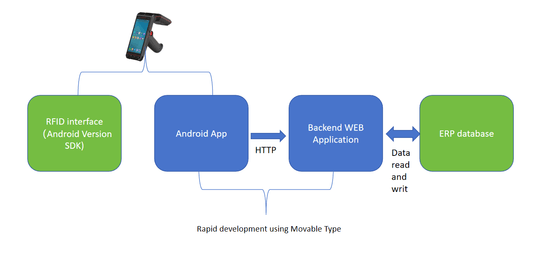
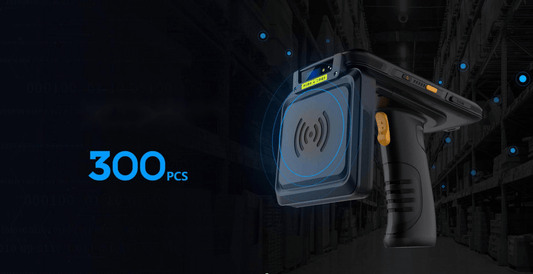
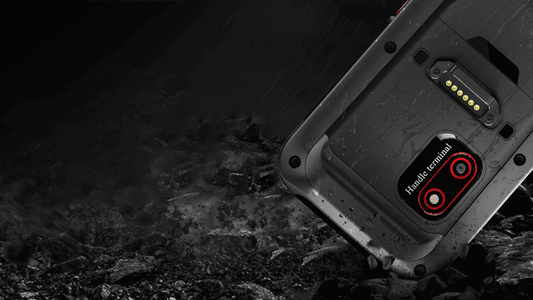


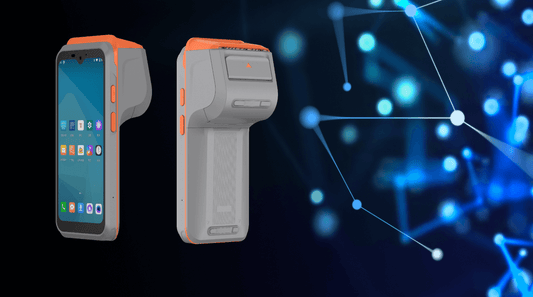
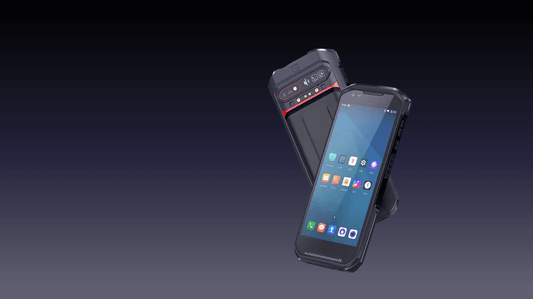
0 comments